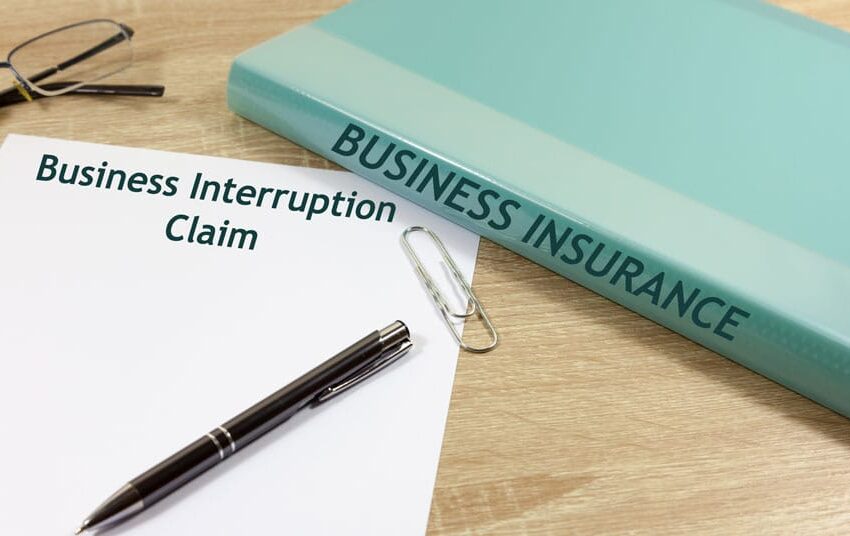Let me tell you a story. A close friend of mine owned a cozy little restaurant that was her pride and joy. One day, a severe kitchen fire forced her to shut down for three months. While her property insurance covered the physical damage, it did nothing to help with the lost revenue or the ongoing expenses like rent and payroll. She almost lost everything. That is when I realized how crucial business interruption coverage is something many business owners overlook until it is too late.
Why Property Insurance Alone is Not Enough
Most business owners think their property insurance has them covered. After all, it protects your building, equipment, and inventory, right? But here is the catch: it does not cover the financial fallout when your business cannot operate. Imagine having to pay rent, utilities, and salaries while your revenue drops to zero. Sounds like a nightmare, does it not?
According to industry data, about 40% of small businesses never recover after a disaster. Why? Because they did not have business interruption coverage. My friend’s story is a perfect example. She struggled to keep her staff and pay the bills while her restaurant was closed. It was a wake-up call for me, and it should be for you too.
What Does Business Interruption Coverage Actually Cover?
This type of insurance is like a financial safety net. It covers lost net income basically, the money you would have made if your business was running. It also helps with fixed expenses like rent, loan payments, and utilities. If you need to relocate temporarily, it can cover those costs too. And yes, it can even help you keep your employees on payroll during the downtime.
One thing I found fascinating is how specific the coverage period is. It starts when the physical damage occurs and ends when your property is repaired or replaced. But here is the kicker: the policy defines “reasonable speed and quality” for repairs. So, you cannot drag your feet and expect the insurance to keep paying indefinitely.
How to Figure Out How Much Coverage You Need
Calculating the right amount of coverage is not as simple as picking a number out of thin air. You need to dig into your finances, look at historical data, projected growth, seasonal trends, and fixed expenses. Think about how long it would take your business to recover. For some, it might be a few weeks; for others, it could be months.
When I helped my sister set up coverage for her consulting firm, we realized that even service-based businesses need this protection. She did not have physical inventory, but rebuilding client records and reestablishing relationships took way longer than she expected. Do not make the mistake of underestimating your recovery time.
Key Things to Keep in Mind
There are a few nuances to business interruption coverage that you should know. First, there is usually a waiting period like a deductible before the coverage kicks in. It can range from 24 to 72 hours. Then there is the indemnity period, which is the maximum time the policy will pay out. Most policies offer 12 months, but you can extend it if your business needs more time to recover.
Another thing to watch out for is payroll coverage. Most policies only cover ordinary payroll for 60 to 90 days. If you want to keep your team longer, you will need an additional endorsement. And do not forget about extended business income coverage. This kicks in after you reopen but before your revenue returns to normal. It is a lifesaver during that tricky transition period.
The Changing Landscape of Business Interruption Coverage
The world is changing, and so are the risks businesses face. Traditional policies require physical damage to trigger coverage, which leaves gaps for things like pandemics or cyberattacks. These events can shut down your business without causing a single scratch to your property. That is why more businesses are looking into specialized endorsements to cover these modern risks.
Is Business Interruption Coverage Worth It?
Absolutely. Yes, it adds to your operating expenses, but the peace of mind it provides is priceless. When disaster strikes, this coverage can be the difference between bouncing back and shutting down for good. Do not wait until it is too late, take the time to understand your risks and get the right coverage. Trust me, your future self will thank you.
References
Insurance Information Institute. “Business Interruption Insurance: Understanding Coverage Options.”
U.S. Small Business Administration. “Disaster Preparedness and Business Continuity Planning.”
Federal Emergency Management Agency. “Business Continuity Planning Suite.”

